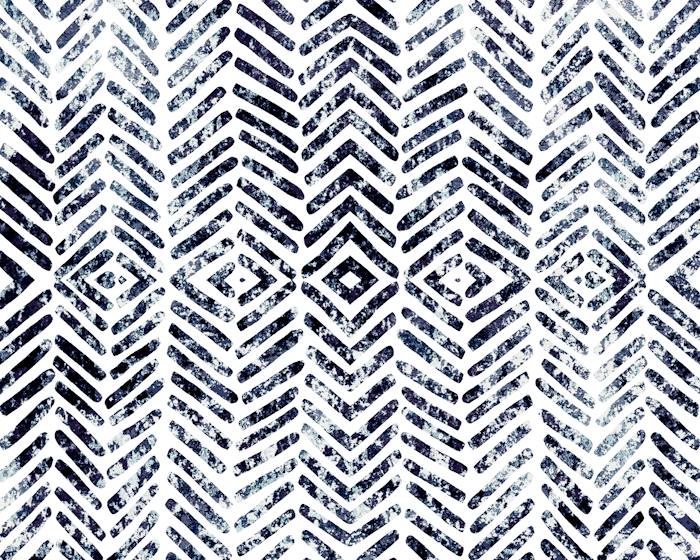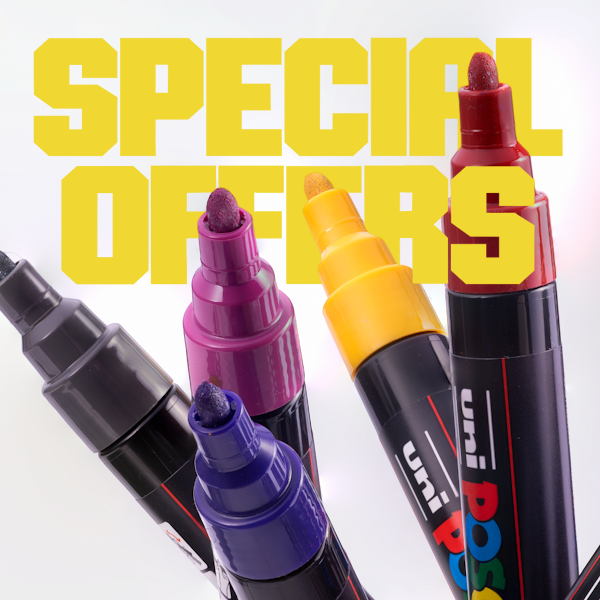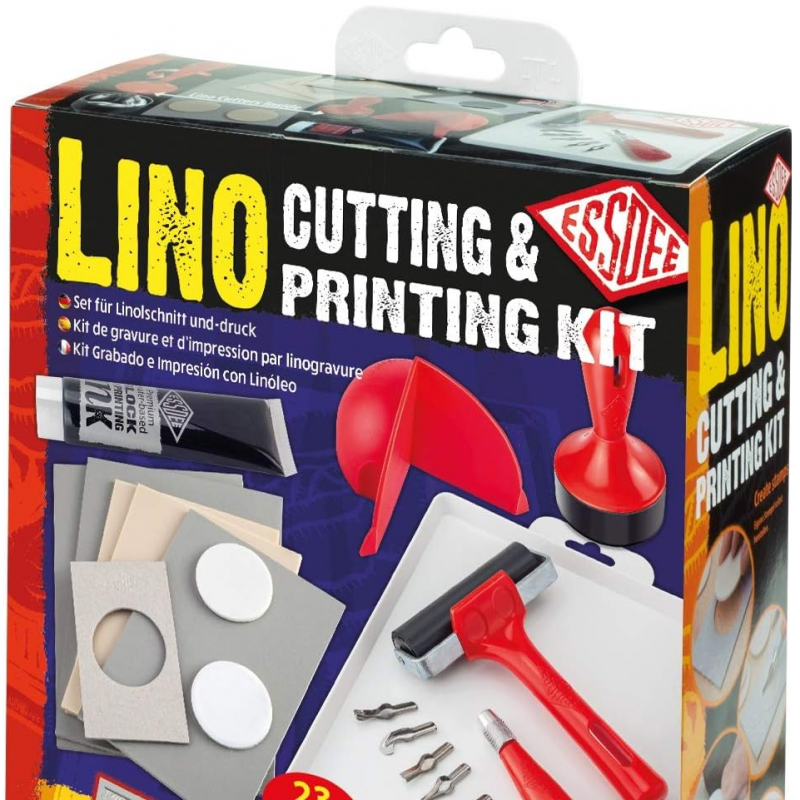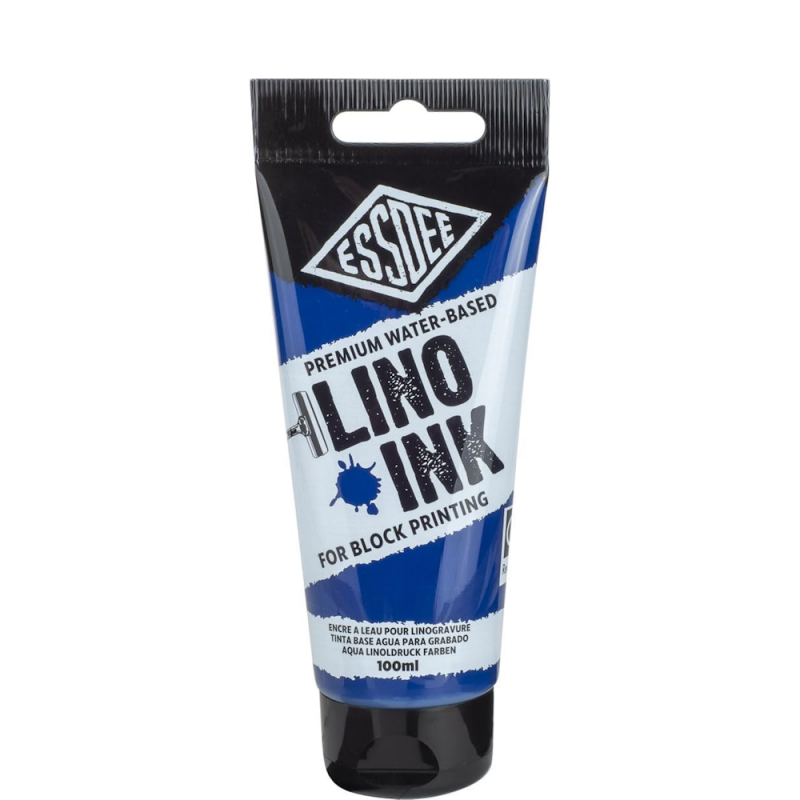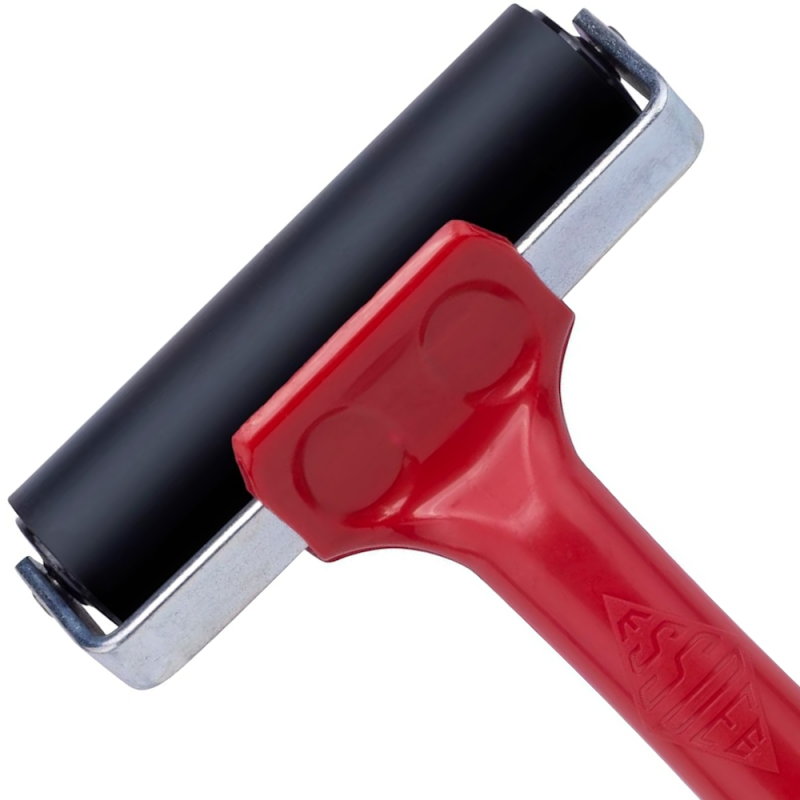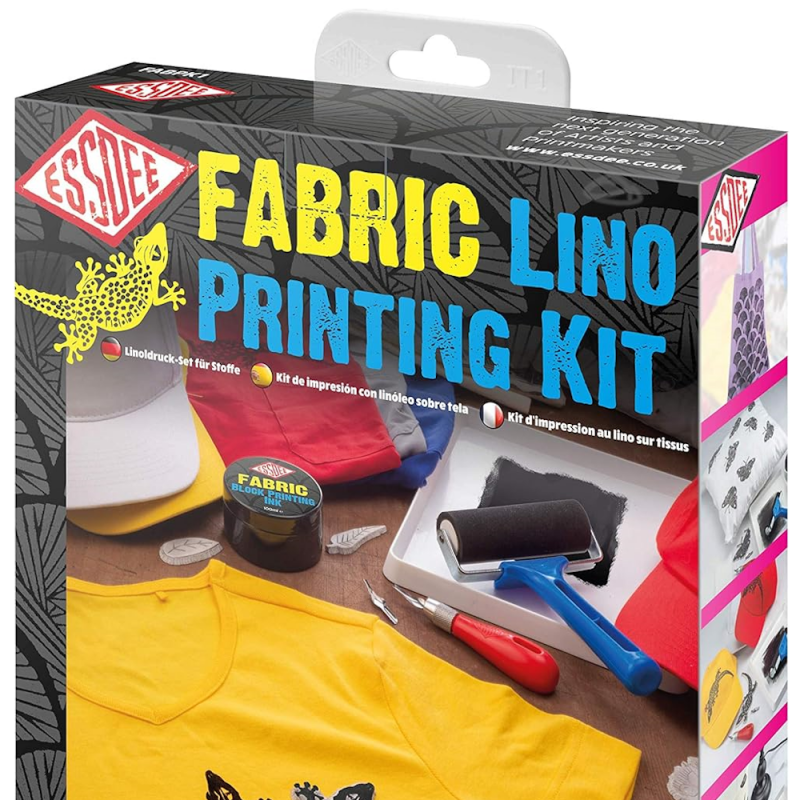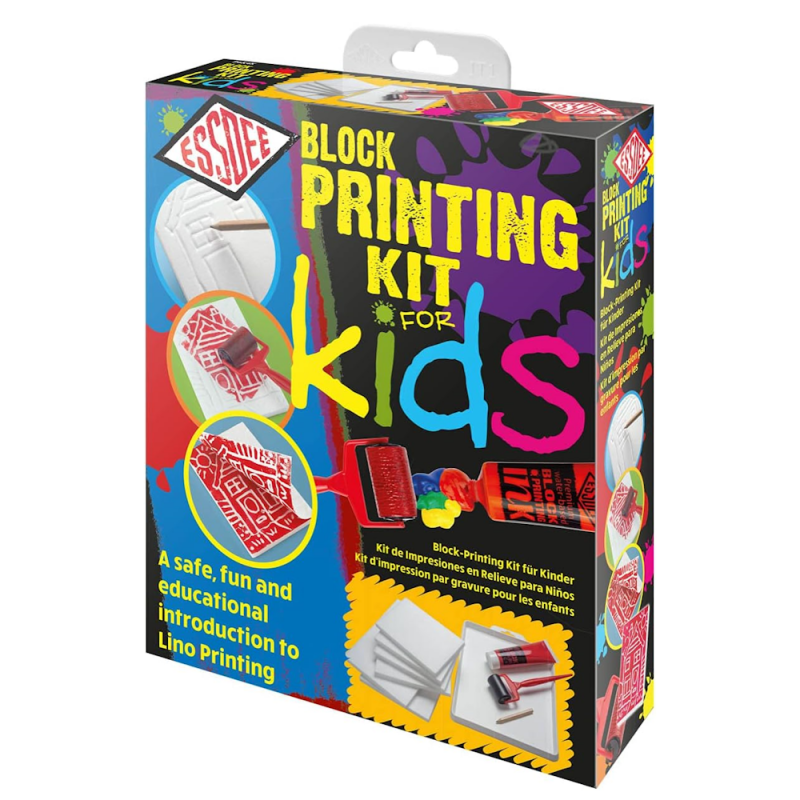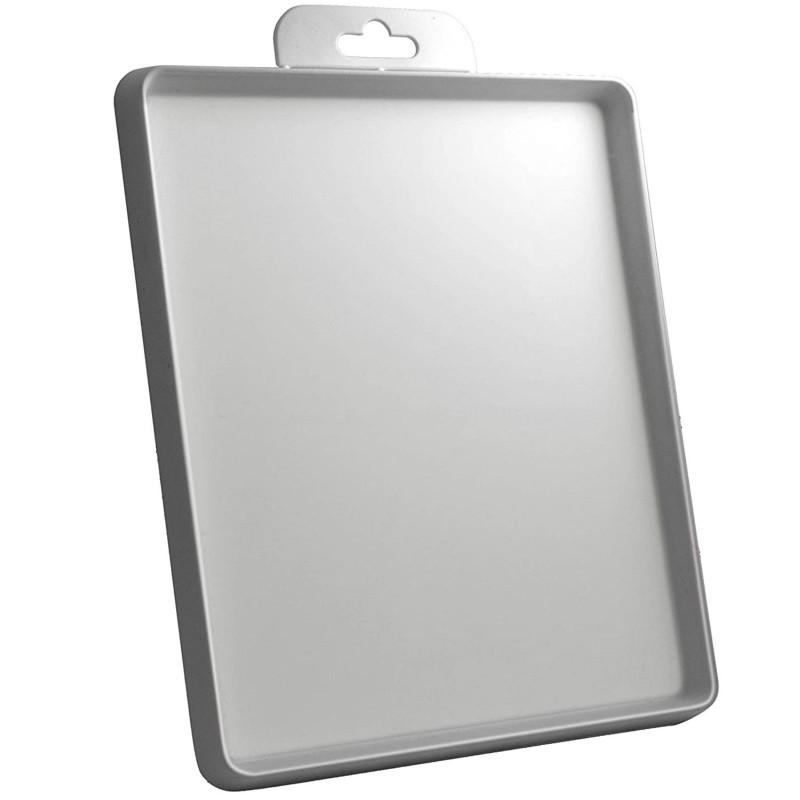Practiced for almost 4000 years in one form or another, Block (or relief) Printing is easy to learn & difficult to master. Put simply, it is the process of using an object or material in order to create an inked impression or pattern on paper, cloth & other surfaces.
Used over the centuries for fine art prints, zines, lengths of fabric & greeting cards, this versatile technique can be done with almost anything including old packaging, potatoes, sponges & more! At first glance, it may appear simple, but it's possibilities are numerous & complex enough to challenge even the most experienced.
Getting Started
Depending on what scale you would like to work with, there are a variety of options for your starting block including self-adhesive stamps, various sizes of heavy linoleum, foam or packs of soft cut sheets for an easier carving experience.
Once you have your chosen block, you can use a graphite pencil to mark out your designs, paying close attention to the areas that need to be carved out for a clean transfer. Once you've finalised your design, using something like a Sharpie or other form of permanent marker to help this to stay in place without smudging or running as you move onto the next step...
Cutting & Carving
Now it's time to cut out your design! This stage does require the use of sharp tools, so be as careful as you can... if it does seem a little tricky, why not ask for some help?
Using a specialised lino cutting blade, follow along the lines drawn lightly removing the material layer by layer. This helps to maintain the shape of your design, whilst working to prevent any possible injuries.
Available in a number of brands & styles, lino cutting blades tend to feature a slightly curved angle to allow for a "scooping" motion that removes any excess material quickly & easily. We also highly recommend the use of a safety hand guard, to protect those vulnerable fingers!
Essdee, for instance, produce several shapes & sizes of blade. These are available in their a miniature set with a handle & blades, along with a set that also includes the additional Hand Guard. Not to worry though, they're included in the majority of larger sets such as the Lino Taster Kit & the more complete Lino Cutting & Printing Kit, which are both fantastic options for anyone looking to start their printing journey.

Inking
Got your pattern just how you like it?
Good, lets add some ink.
We would recommend using an actual Ink Tray (a standard flat palette works also, but is missing the raised lip). Begin by squeezing out a small amount of ink in your chosen colour & begin rolling it out using a Roller, available in several sizes.
Do this until the Roller is evenly covered & the ink becomes "sticky" to the touch. Now you just have to apply the ink across your design, paying attention to the raised areas being coated cleanly whilst the recessed areas remain ink-free.
Essdee have you covered for variety & quality, with water-based inks available in both standard & premium qualities. Working similarly to an acrylic paint, these specially developed inks provide ease of use, simplicity & bold colour options, even when working with fabrics.

Printing
Once you're satisfied that you've coated the block in enough ink, turn it around & press it down onto a sheet of paper (or whatever surface you happen to be using at the time). A key component to this stage is the application of pressure, which can be done use a secondary (clean) roller or with a baren. Be sure not to miss any parts of the block as you press down, as your print won't successfully transfer otherwise.
Once you're happy you've covered all areas as best as possible, peel the block or paper away to see the finished piece. If it's your first time & it doesn't work out as you'd like, don't worry, it's all about practice.
